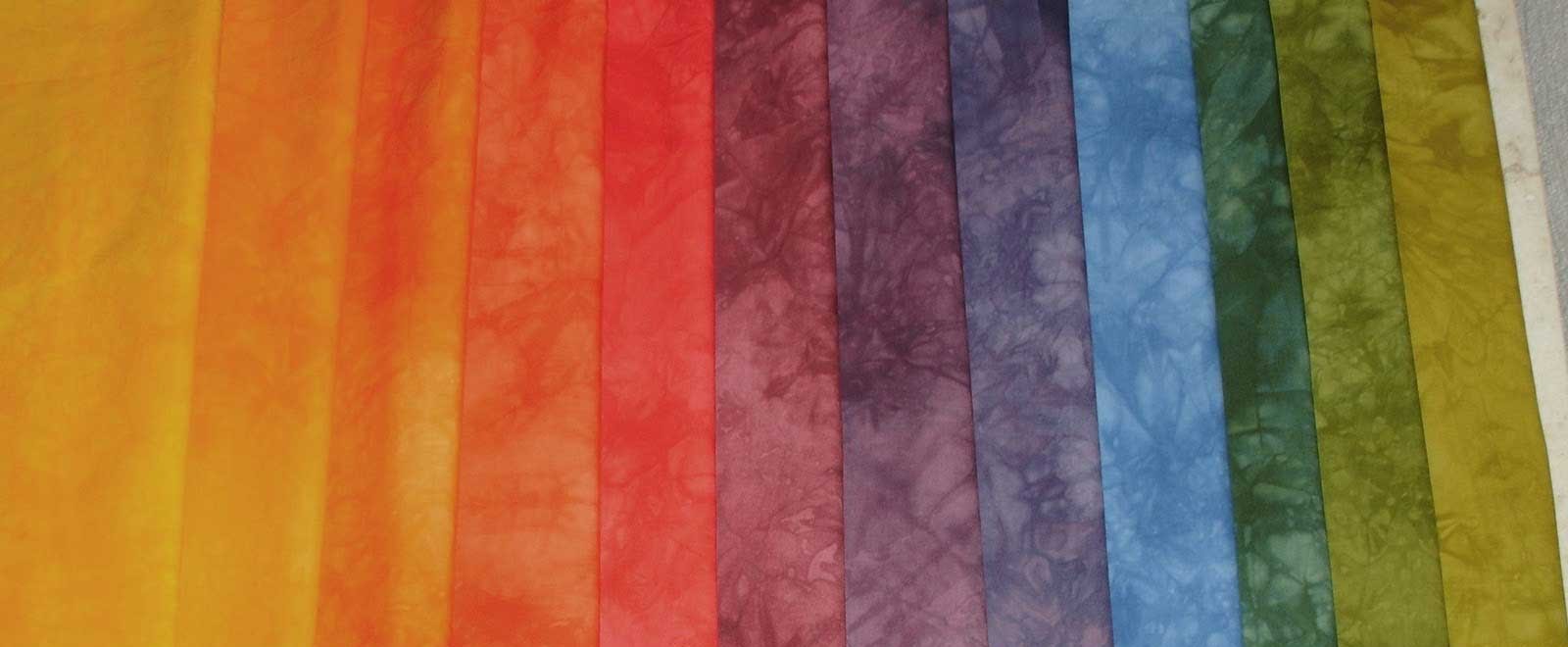Dyeing
The aims of the hand dyer are very different to those of the mill produced fibres. Whilst they seek uniformity we can take delight in all manner of different effects they could never produce on a large scale. Our fibre and yarns are unique and the process in getting there is alchemical. We use both chemical dyes and natural dyes to great effect. The results from one dye-bath can produce quite a range of shades depending on amounts, dips, and of course the types of fibres or yarn being dyed. Always fun, always an adventure…
Take a look at some Dyeing Reports !
Take a look at some Dyeing Reports !
Our Guild library contains a number of books on dyeing. You can look at and, if you are a Guild member, borrow any of our books when you attend one of our meetings at Strathpeffer Community Centre. If you want to borrow at any other time, please contact us via this web site.

